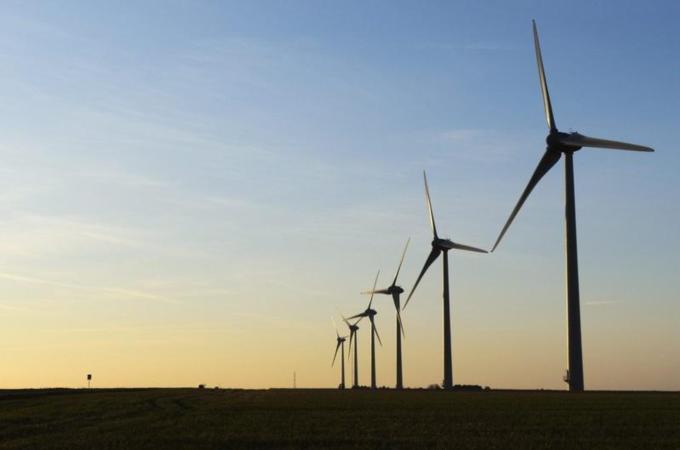The company, which was one of the LaunchPad finalists for GigaOM Structure last week, has developed software and a service that takes a deep dive into a data center’s energy use and makes it a whole lot smarter. The startup, founded by entrepreneur Frederik Van Hecke when he was studying at the Ghent University, audits an existing facility, provides its Power Waste Reduction (PWR) suite of software, and monitors everything to make sure the facility is reducing its energy use.
The software manages the data center’s power use in real time. When there’s less load on the servers (say it’s the middle of the night), the software dials down the energy use, and when the load turns back up, the software adjusts in real time. The company describes this as enabling “the power consumption to actually scale along with the amount of work being processed.” Silicon Valley startup Power Assurehas developed a similar type of software.
Van Hecke tells me that the amount of energy, and money, that can be saved via the software depends on the type of workloads that the servers do. But generally, Van Hecke says, Cluttr is seeing energy reductions ranging from 20 up to 40 percent — that’s a savings of $300 to $600 per server per year based on European electricity prices, and $115 to $230 per server per year based on U.S. electricity prices, says Van Hecke. The company’s audit tool helps them estimate the potential savings for a customer before actually deploying the solution. More








